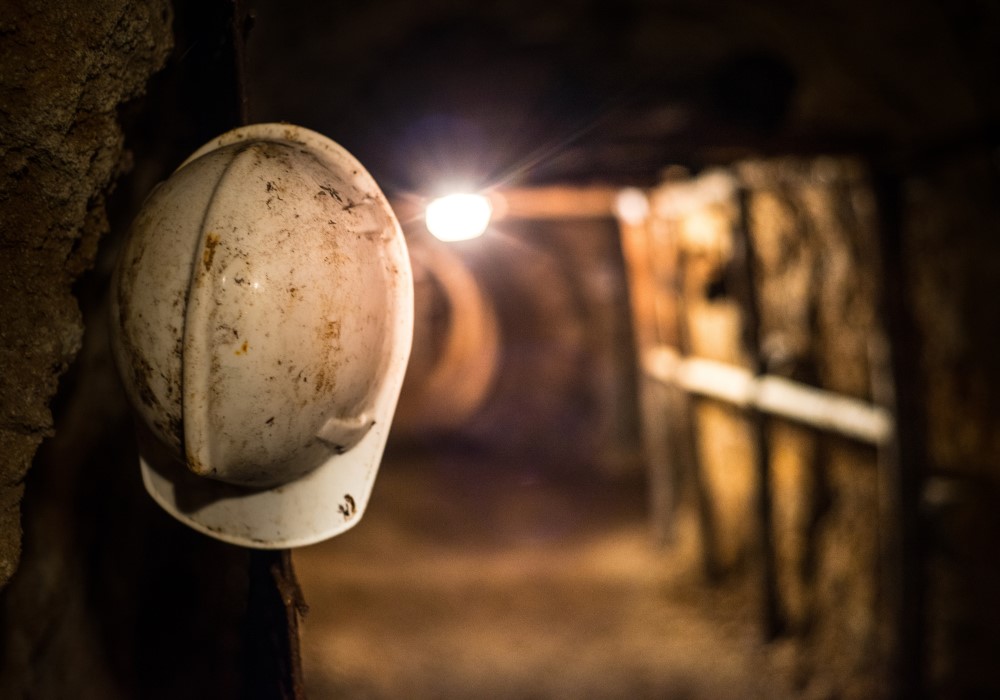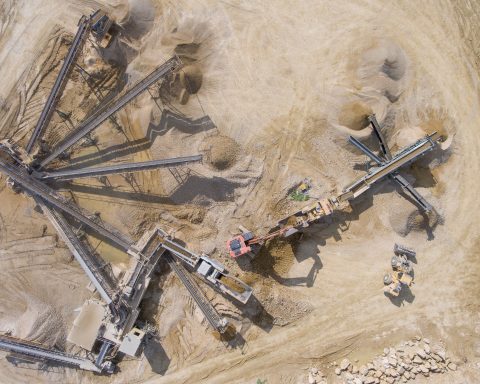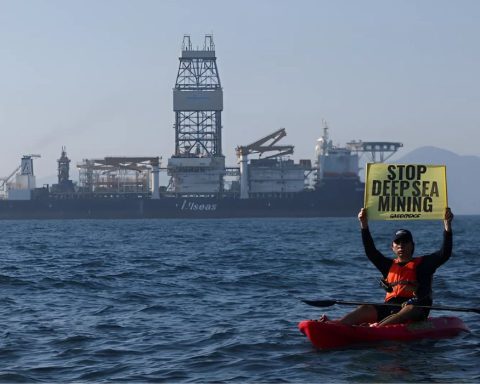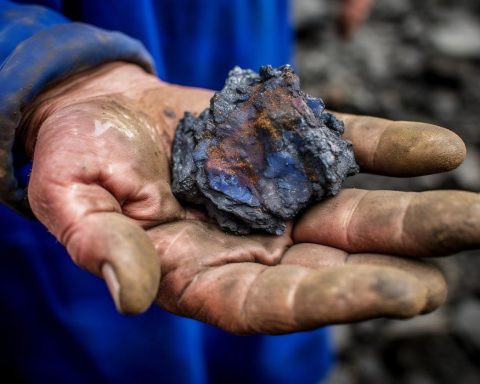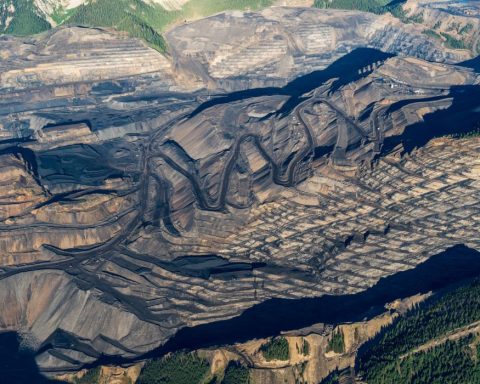It has been an intense few weeks for Teck Resources, as Canada’s largest diversified mining company faces an existential fork in the road.
With a takeover lurking in the wings, the company must now figure out how to transition out of its 20-million-tonnes-a-year coal business.
The proposed takeover of Vancouver-based Teck, a company recognized as a sustainability leader, by Swiss mining giant Glencore PLC, a company saddled with a history of human rights, bribery and environmental problems, has attracted the attention of Prime Minister Justin Trudeau. The government is looking at the deal “very, very carefully,” he told Bloomberg last week.
“We have high and stringent expectations, not just on environmental issues but on partnership with Indigenous Peoples,” he said.
At stake in the takeover battle is control of Teck’s copper and other mineral operations that are critical for the global climate transition. Demand for copper, essential for electricity-based infrastructure such as wind turbines, solar panels and power grids, is expected to skyrocket in the shift away from fossil fuels.
But Teck’s board rebuffed Glencore’s US$23-billion merger offer and pledged to move forward with a previously announced plan to split the company into two separate entities, one focused on its critical mineral assets and the other on its steelmaking coal field in Elk Valley, B.C. The move would have insulated Teck from the negative environmental effects of its coal arm while still allowing it to reap millions in revenue to finance expansion of its green metals business.
Ultimately, Teck failed to receive enough shareholder support for the split in a vote last week and withdrew its proposal. Glencore then said it would be willing to consider a better takeover offer, threatening to make a hostile bid direct to investors if the board refused to negotiate.
For now, the dispute rests with the Teck board.
Coal mines a big CO2 emitter
The biggest issue Teck will have to grapple with, regardless of whether it stays independent of Glencore, is the future of its coalfield in the Rocky Mountains of southeastern B.C. The field is made up of four sprawling open-pit mines producing metallurgical coal, which is used to make steel.
The coal mines make Teck the second-largest ship-based exporter of metallurgical coal in the world. In 2022, Teck produced 21.5 million tonnes of coal, generating more than $10 billion of the company’s $17.3 billion in revenue. The majority of the coal is shipped from B.C. ports to steel companies in China, India and other Asian countries.
According to Teck’s sustainability report, the Elk Valley operations emitted 2.85 million tonnes of greenhouse gas in 2022 in direct (Scope 1 and 2) emissions (0.4% of all reported emissions in Canada). When it’s burned to make steel, the total lifecycle emissions from Teck’s coal add up to 65 million tonnes per year — the equivalent of a tenth of Canada’s total emissions. (Most of these emissions don’t officially count against Canada’s greenhouse gas inventory – under international accounting rules, they count in the countries where the coal is consumed.)
In addition to their heavy CO2 footprint, the Elk Valley mines are under provincial orders to manage the tough environmental problem of selenium leaching into local waterways. High levels of selenium, a naturally occurring substance, have damaged fish populations by lowering their reproductive success. Selenium levels are elevated by rain and snow runoff from large piles of rock moved from mountaintops at the open-pit mines, which makes the substance difficult to control.
Teck recently spent $1.2 billion to remove selenium from its runoff, but heavy levels remain in the region’s waterways. According to an investigation by The Narwhal, there are no viable ways to stop selenium from leaching into local waters.
In the vote last week, Teck received more than 50% support for its proposal to split the coal and critical minerals assets, but it failed to receive the necessary votes for it to be approved. (The move required the support of two-thirds of Class A and B shareholders.)
Under the proposed arrangement (which has now been withdrawn), the coal assets would have been turned over to a new company, Elk Valley Resources, which would have paid Teck 90% of its cash flow for up to 11 years. Under the deal, Teck would no longer be responsible for the company’s CO2 and selenium emissions, and yet it would still benefit by taking on billions of dollars in Elk Valley revenue, which would be invested in Teck’s remaining copper and critical mineral operations.
Why investors rejected Teck Resource’s proposal
Writing before last week’s vote, Globe and Mail columnist Eric Reguly didn’t mince words, calling the proposal to split the company blatant greenwashing.
“Teck unveiled a have-your-cake-and-eat-it-too deal that makes a mockery of the environmental, social and corporate governance [ESG] strategy that had been pushing the resource industry to get rid of its dirtiest products,” he wrote.
Teck recognizes that investors are turning away from coal because of its climate impact. Thermal coal – the kind mined by Glencore – used for electricity generation is the main culprit, but metallurgical coal is also targeted, albeit to a lesser extent, as the global steel industry begins to embrace green steelmaking.
U.S. steelmakers already primarily use scrap rather than iron for their feedstock, which avoids the need to use coal. In Canada, Algoma and ArcelorMittal Dofasco are phasing out their coal-burning blast furnaces, while many European producers are going a step further and switching to emission-free hydrogen-based production.
So where does this leave Teck?
George Cheveley, portfolio manager at London-based asset manager Ninety One, told Reuters that Teck needs to develop a clear transition plan for Elk Valley. “This needs to be a credible plan as well and, whilst it can be longer term, it needs to demonstrate how they can support decarbonization.”
The failure of the plan to divide the company may open the door to Glencore’s takeover, but it’s also clear that the government – which holds the power to reject takeover deals under the Investment Canada Act – is looking for strong environmental and Indigenous community benefits. Teck is the major employer in the Elk Valley region, with thousands of people on its direct payroll and thousands of spinoff jobs dependent on its mines. It also provides major benefits to the Ktunaxa Nation, which has an impact management agreement with Teck, one of the most comprehensive Indigenous benefit agreements in Canada.
The major challenge that Teck now faces is how to transition out of its Elk Valley mines while also maintaining support for its local communities. It’s in uncharted territory. Phasing out an operation responsible for the bulk of a company’s profit is something that no management group wants to contemplate.
In spite of its climate and environmental problems, Teck is considered an ESG leader in the mining industry in part because of its transparency. Now it faces the greatest ESG challenge of all – shifting from a coal company to a business focused on the climate transition.
Eugene Ellmen is a former executive director of the Canadian Social Investment Organization (now Responsible Investment Association). He writes on sustainable business and finance.


